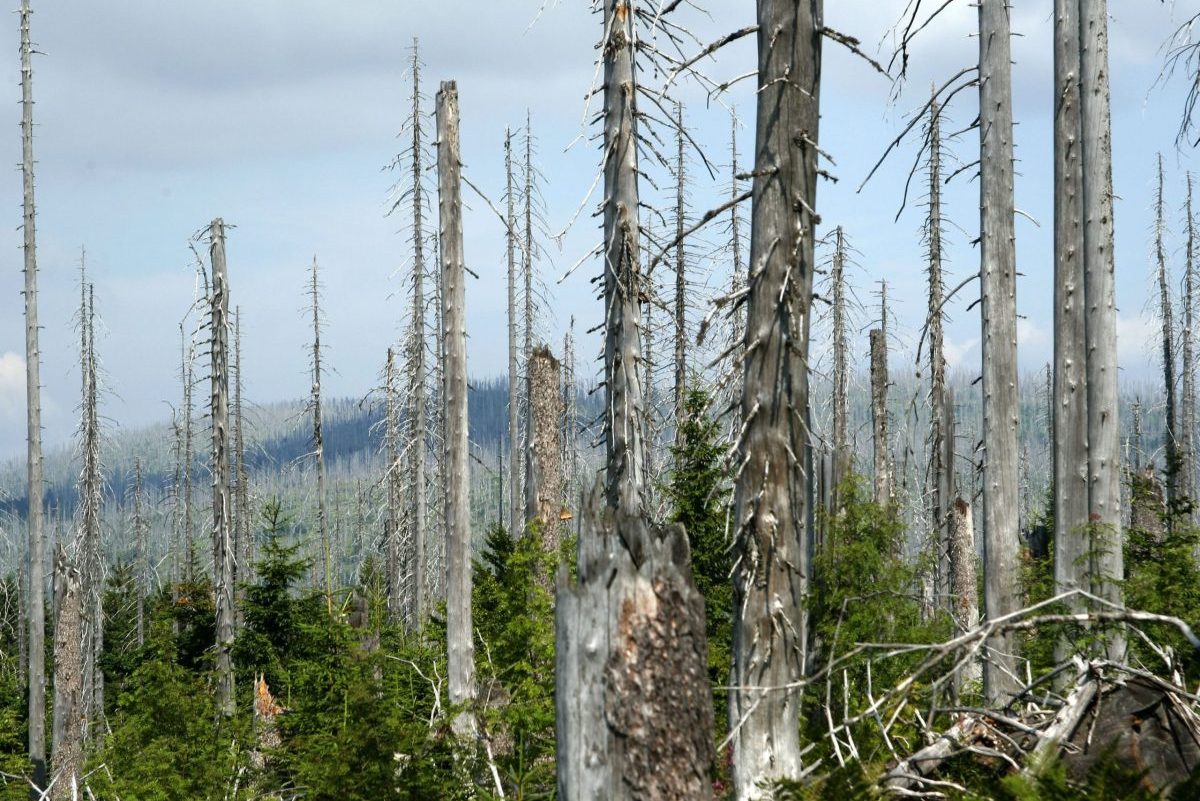Also known as acid deposition or acid precipitation, acid rain is precipitation that contains acidic components like nitric or sulfuric acid. Acid rain occurs nitrogen oxides and sulfur dioxide are released into your atmosphere through air currents or winds.
Both nitrogen oxides and sulfur dioxides come from natural sources like burning fossil fuels, manufacturing, and heavy equipment. Before falling to the ground, these acidic components mix with oxygen, water, and other components. They can also collect on the surface of the earth and combine with the rain to form acid deposition.
The acidity of Acid Rain
A pH scale is used to measure the acidity and alkalinity of rain. Normally, a pH of 7.0 is normal while a pH lower than 7 indicates more acidity while a pH greater than 7 indicates more alkalinity.
The pH for normal rain is 5.6, which means that it is slightly acidic. This is because carbon dioxide mixes with water in the air to form weak carbonic acid. On the other hand, aid rain has a pH of 4.4, indicating that it is more acidic.
Acidity can be neutralized when the precipitation mixes with alkaline minerals like potassium, calcium, and magnesium on earth. Also, stones like limestone can neutralize this acidity. However, this is not true for all rocks, particularly quartz, granite, and gneiss.

Impact of Acid Rain
Acid rain can have negative effects on the ecosystem. While some animals and plants can survive in acidic waters, others like fish cannot tolerate the high acidity. As more acid is introduced into lakes and rivers, fish eggs are unable to hatch and some adults may die.
Acid rain can also harm plants and trees since it releases aluminum, which can be harmful to them. What’s more, the high acidity level can remove useful nutrients and minerals from the soil, hindering growth.
Acid rain is more prevalent in areas like the northeaster parts of Western Europe, North America, and Eastern Canada. This is due to the large emissions of nitrogen oxides and sulfur dioxide from coal-fired power plants.
Prevention
Following the large amounts of acidic components released, several measures and regulations have been put in place to ensure mandatory air pollution control devices in these power plants.
These devices include electrostatic precipitators and scrubbers, and they are believed to lower the emission of harmful pollutants by 99%. In the United States, sulfur dioxide emissions have drastically reduced by 40%, leading to reduced acid rain by 65% in 2005.

